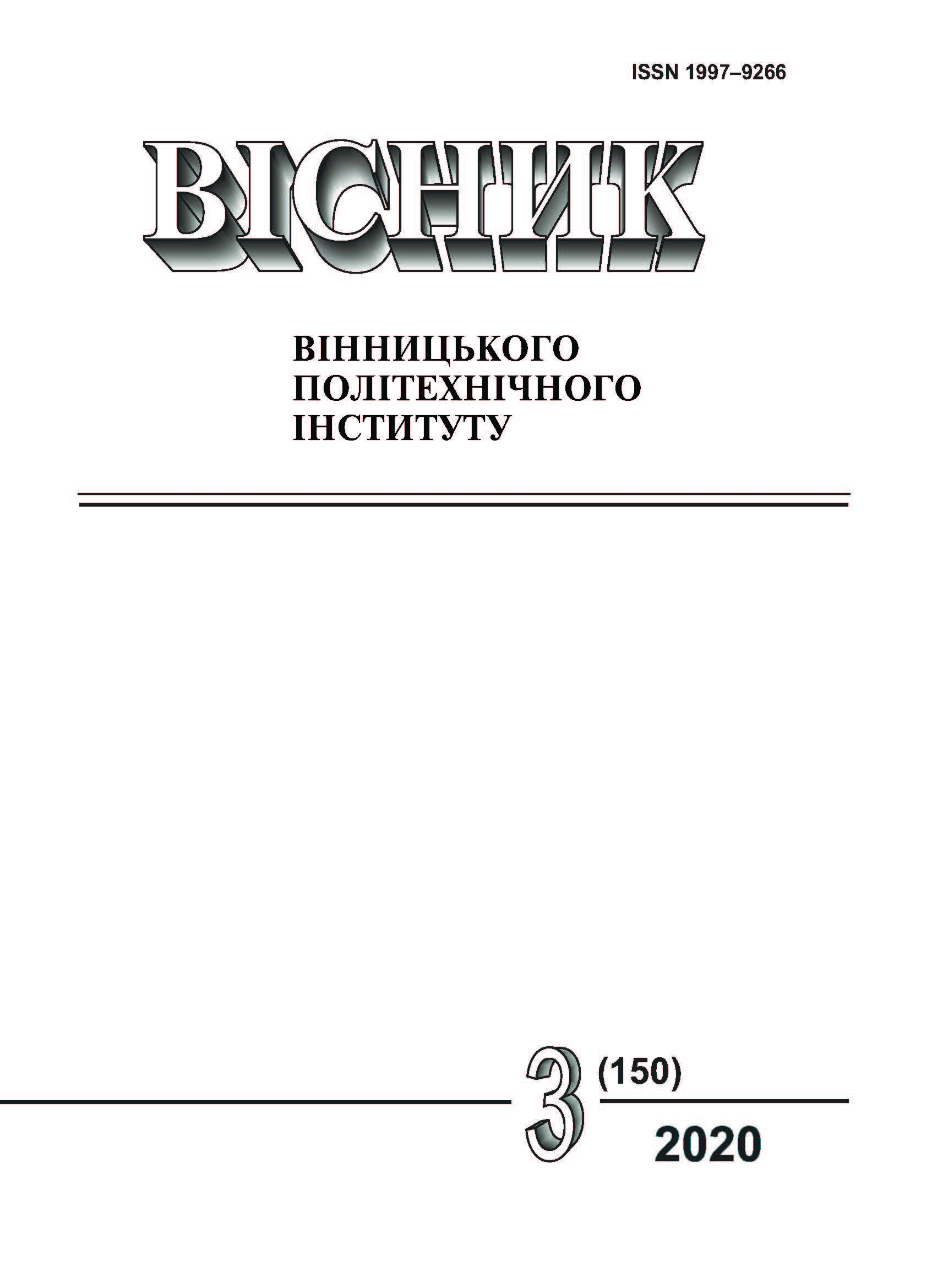Forecasting the Number of Patients with COVID-19 in the Lviv Region
DOI:
https://doi.org/10.31649/1997-9266-2020-150-3-57-64Keywords:
COVID-19, Lviv region, number of patients, coronavirus, non-iterative ANN, RBF ANN, forecastAbstract
The dynamic of new cases of COVID-19 infections in Lviv district was investigated. With this purpose, the statistic data from the official site of COVID-19 distribution monitoring on Ukraine was collected. These data contains daily statistics on hospitalized persons with suspected and confirmed cases of the disease and statistics on recovered and deaths in Ukraine. In the paper the dependency between the grouch of the patients amount and the reduce of quarantine restrictions was determined.
The existing publications on the COVID-19 spread forecast in Ukraine were reviewed. In these works, authors were using methods of the intelligent data analysis, artificial neural networks, exponential forecast, similarities, correlation and regressive analysis. The exclusive attention was paid to the use of Back Propagation Neural Networks for the short-term forecast of the amount growth of COVID-19 patients in Ukraine. The methods of technical analysis of the time serials based on the use of basic indicators like “zigzag” and “supertrend” for the patients amount forecast in Lviv district were used as well.
The non-iterative neural network of the radial basis functions with additional inner-layer connections between the hidden-layer neurons was applied to the forecast of confirmed cases of COVID-infections in Lviv district. As a short-term forecast was built, considering predictions for one day. As a middle-term forecast, predictions for two weeks were done and also the method of the “sliding window” was used. The same approach was used to make a 1-day and two weeks forecast of the amount of patients recovering and deaths cases for the Lviv district.
Based on these forecasts the methodology to control the introduced quarantine restrictions in Lviv district was offered. Taking into account the middle-forecast results, there will be no recommendations to do any next stage quarantine restrictions reduce in May 29th. In addition, the required amount of beds that have to be provided at this date in base-hospitals was calculated.
References
Моніторинг ситуації із кількістю госпіталізованих осіб з підозрою та підтвердженими випадками захворювання на COVID-19 в Україні. [Електронний ресурс]. Режим доступу: https://public.tableau.com/profile/publicviz#!/vizhome/monitor_15841091301660/sheet0 . Дата звернення: 20.05.2020.
Все про коронавірус у Львові . [Електронний ресурс]. Режим доступу: http://tvoemisto.tv/covid-19-lviv/. Дата звернення: 20.05.2020.
Пік коронавірусу на Львівщині. [Електронний ресурс]. Режим доступу: https://portal.lviv.ua/news/2020/05/07/na-lvivshchyni-pik-zakhvoriuvanosti-na-koronavirus-ochikuiut-do-pochatku-chervnia . Дата звернення: 20.05.2020
Вплив на економіку і суспільство. [Електронний ресурс]. Режим доступу: http://wdc.org.ua/uk/node/190016 . Дата звернення: 20.05.2020.
ФОРСАЙТ COVID-19: Середня фаза розвитку. [Електронний ресурс]. Режим доступу: http://wdc.org.ua/uk/covid19-ua. Дата звернення: 20.05.2020.
COVID-19 FORECASTING. [Electronic resource]. Available: http://epidemicforecasting.org/models . Accessed on: 20.05.2020.
Foresight COVID-19. [Electronic resource]. Available: http://wdc.org.ua/uk/covid19-regions. Accessed on: 20.05.2020.
R. Tkachenko, P. Tkachenko, I. Izonin, P. Vitynskyi, N. Kryvinska, and Yu. Tsymbal, “Committee of the combined RBF-SGTM neural-like structures for prediction tasks,” in Lecture Notes in Computer Science, vol. 11673, pp. 267-277, 2019. https://doi.org/10.1007/978-3-030-27192-3 .
I. Izonin, M. Gregus, R. Tkachenko, P. Tkachenko, N. Kryvinska, and P. Vitynskyi, “Committee of SGTM Neural-Like Structures with RBF kernel for Insurance Cost Prediction Task”, in IEEE 2nd Ukraine Conference on Electrical and Computer Engineering, 2019, pp. 1037-1040. https://doi.org/10.1007/978-3-030-27192-3_21 .
Downloads
-
PDF (Українська)
Downloads: 374
Published
How to Cite
Issue
Section
License
Authors who publish with this journal agree to the following terms:
- Authors retain copyright and grant the journal right of first publication.
- Authors are able to enter into separate, additional contractual arrangements for the non-exclusive distribution of the journal's published version of the work (e.g., post it to an institutional repository or publish it in a book), with an acknowledgment of its initial publication in this journal.
- Authors are permitted and encouraged to post their work online (e.g., in institutional repositories or on their website) prior to and during the submission process, as it can lead to productive exchanges, as well as earlier and greater citation of published work (See The Effect of Open Access).





